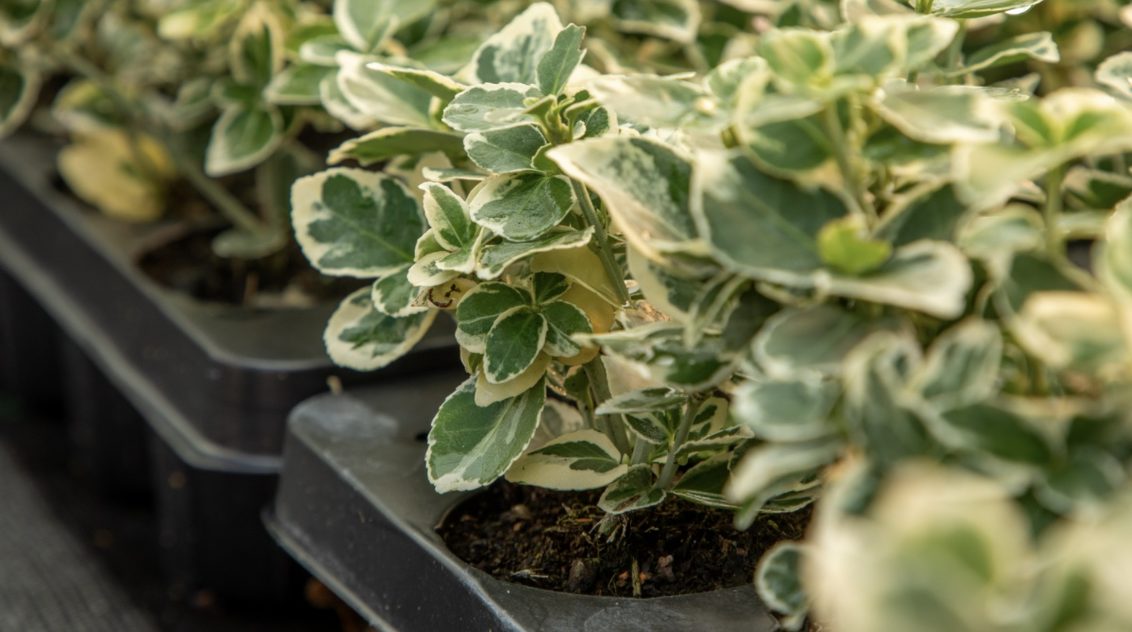H2O fit for the job
How does water quality affect plant protection product performance?

What aspects of water quality do I need to consider when mixing plant protection products?
How does water quality affect my choice of plant protection product?
We’ve talked a lot in these blogs recently about the best way to mix plant protection products in the spray tank and how to achieve the correct dilution and application rates. But that got me thinking: how much consideration do we give to the largest constituent in the tank – the water?
Take a typical application of Bonzi, for example. At the highest concentration you’re allowed to spray, 25ml per litre, water accounts for 97.5% of what comes out of the nozzle. The recommended concentration of Switch for ornamentals is 80g per 100 litres, which means by weight your spray is more than 99% water.
Although the water serves ‘merely’ as a vehicle to carry the product to its target, it turns out that the quality of that water can make a big difference to the product’s stability and performance.
A key task for our chemists is to understand how different types of active ingredient behave when mixed with water and to come up with formulations that include additives that stabilise the solution and protect the actives from damage. But even in the purest water, the complex molecules that form pesticide active ingredients tend eventually to break down through a process called hydrolysis – where parts of the molecule react with the oxygen or hydrogen ions in the water.
That’s why you’re usually advised only to mix as much spray solution as you plan to use on the day.

One of the main factors in this hydrolytic breakdown is the water’s pH. Most manufacturers design formulations that will keep the product active for 12-24 hours if the water is slightly acidic (pH around 4 to 6.6). Check the product label, though, as there may be specific advice on the useable life of the spray mixture. If your water is more alkaline it’s best to use the spray solution as soon as it is mixed: at pH 6-7 some types of active can lose effectiveness in as little as two hours.
Temperature also plays a part: the warmer the water, the faster the breakdown. But don’t be tempted to use very cold water either, as this can lead to some formulations ‘gelling’.
Hard water can bring its own problems – and is what is in the boreholes or the mains supply over most of England south of a line from the Bristol Channel to the Humber Estuary.
A different chemical property from pH, hardness is characterised by the presence of ions from calcium or magnesium bicarbonates, sulphates, chlorides or nitrates. The positive ions (calcium, magnesium) can react with or bind onto negatively-charged parts of the active ingredient molecule – this can also happen with iron from rusty pipework. Sometimes this will prevent the molecule from being taken up by a leaf or the target pest or disease; sometimes it can render it insoluble causing it to precipitate, leading to blockages.
Any fine particulates in the water supply are potentially a problem, too, as they can also bind to the active ingredient molecule. Some of the trace elements in fertilisers may have such an effect on some actives so always check the label before attempting a tank mix.
Syngenta’s experience in developing formulations for our products includes working with growers overseas, who don’t always have access to good quality water for spraying. That has led to formulation chemistry that helps buffer the spray solution and protect actives from damage caused by hydrolytic breakdown or reactions with other chemicals that may be present in the water.
The upshot is, our commitment to well-researched and well-formulated products puts you in the best position possible to cope with a wide range of water qualities.
Use the water you’d use to irrigate your crop and you’re unlikely to go far wrong.

